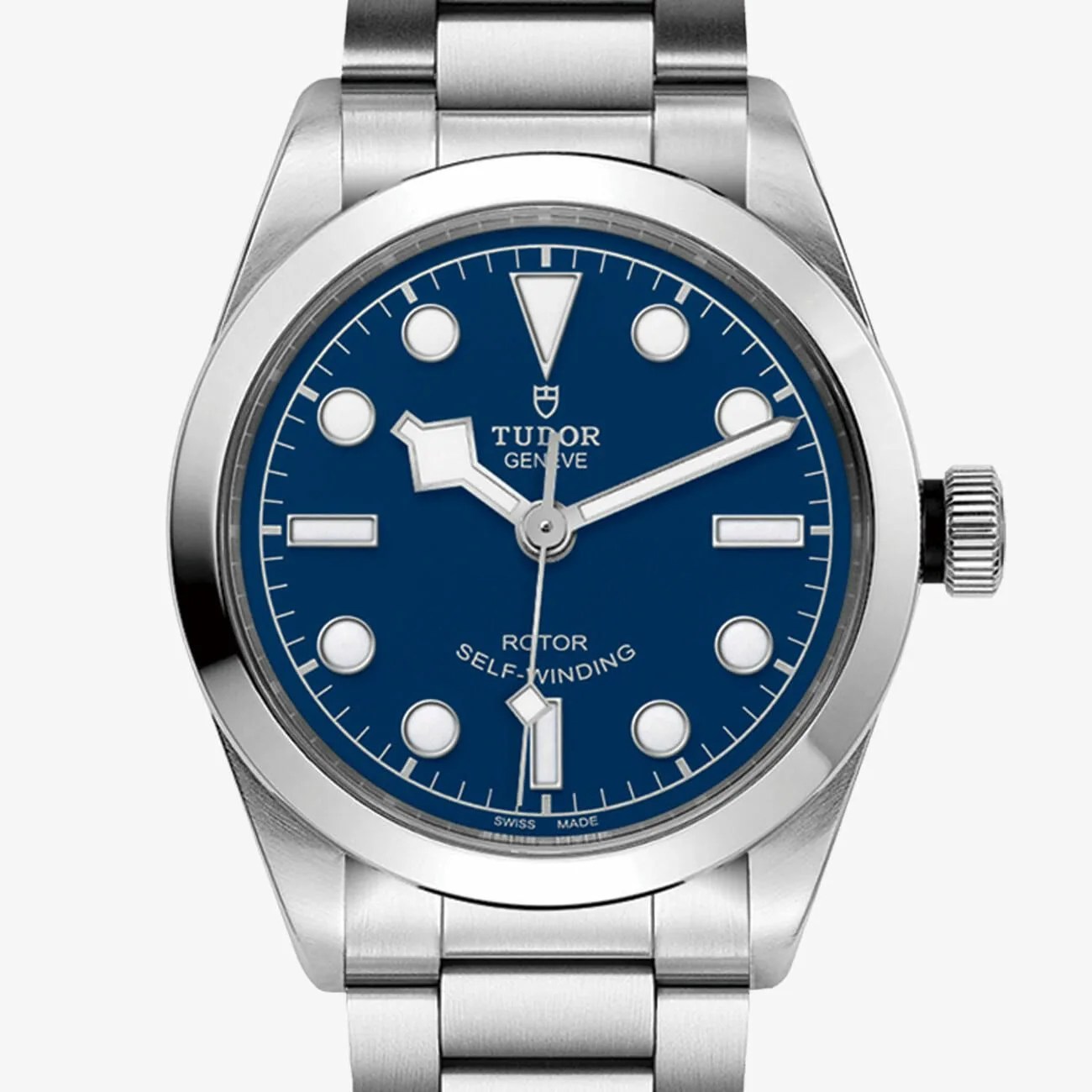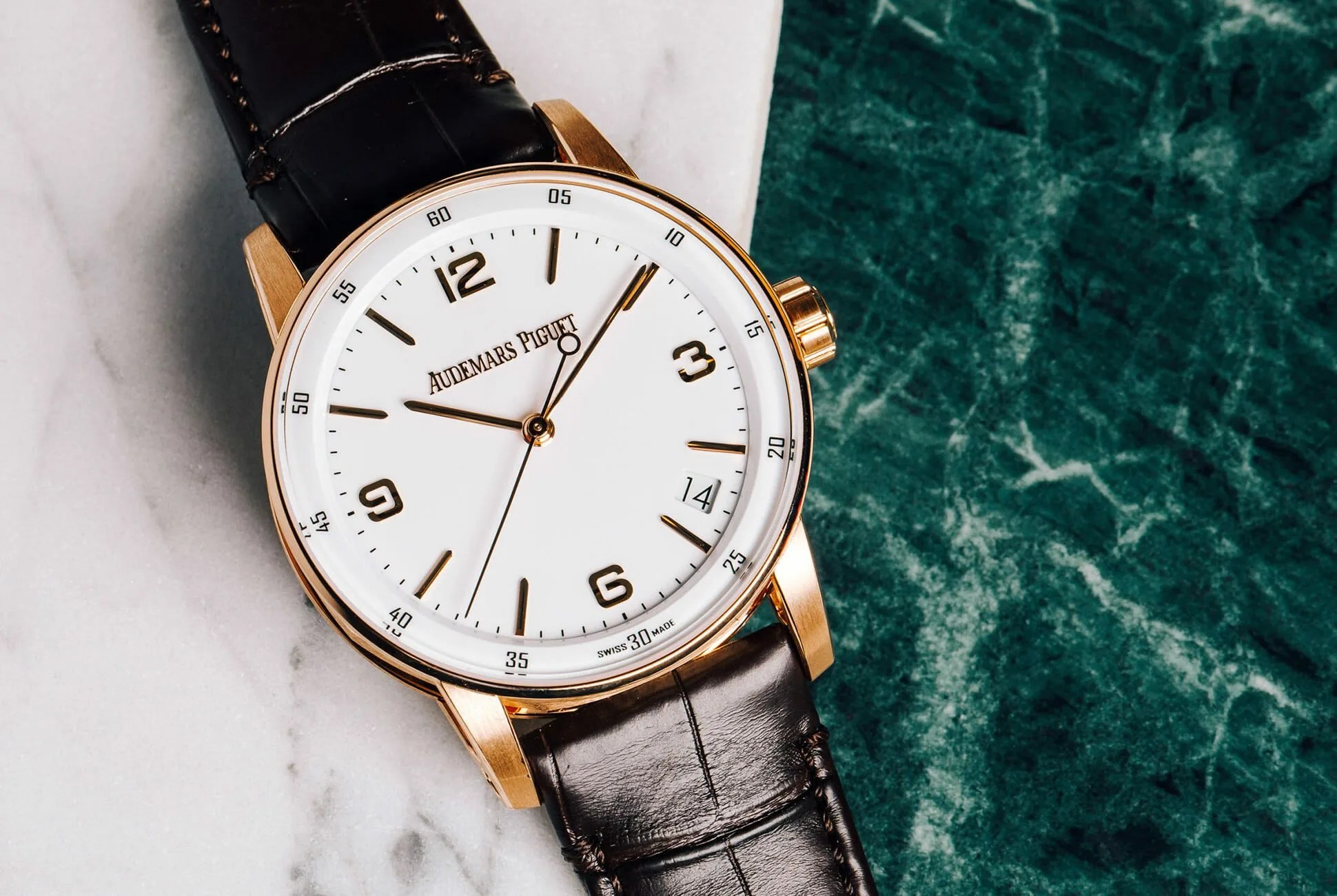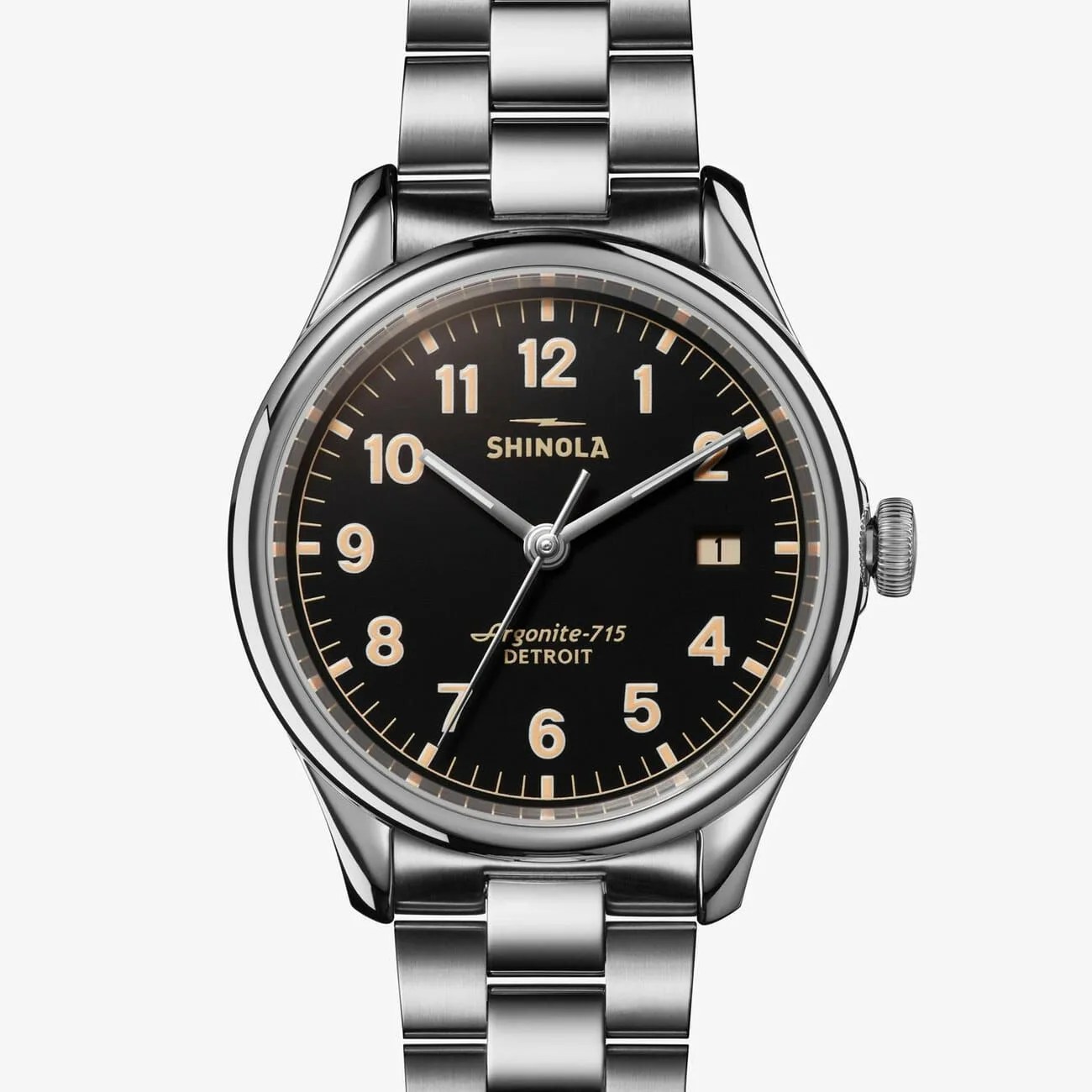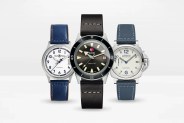During Audemars Piguet’s SIHH 2019 press presentation in Geneva earlier this month, the brand presented its wares to a group of American journalists in a dark room filled on three sides with high-definition screens. Throughout the session, a number of carefully produced video clips extolled the virtues of the brand’s new CODE 11.59 collection — and its ambassadors. First was Michelin-starred chef Dominique Crenn, then award-winning architect Bjarke Ingels, then multiple Grand Slam winner and all-around champion Serena Williams, each of whom spent time talking about hard work, resilience and daring to be different — all while wearing, essentially, the same watch.
And then, because the point on this concept hadn’t been drawn finely enough, the brand’s CEO François-Henry Bennahmias finished the presentation by saying simply, “We are not calling this a men’s watch. We are not calling this a women’s watch. This is just a watch.”

Even before SIHH, it was hard not to notice this shift. In some corners, watch brand managers are saying in explicit terms that they’re making unisex timepieces. In others, there’s a gentle elasticity with which watchmakers and collectors alike have been talking about this traditionally male space. But this tendency toward smaller, less identifiably masculine watches is growing starker every day. And you don’t have to look far to find evidence of it.
Take, for example, Tudor’s addition of 36mm and 31mm models of its flagship Black Bay time-only watch just last year — not long after Panerai introduced a 38mm version of its Luminor Due. (The marketing materials around that watch made it clear that the brand wanted to make “the unmistakable Panerai design suitable for every wrist and situation.”) There’s even then idea of calling watches with appealing designs and versatile case sizes couples watches, because they work well enough for both a man and a woman in a relationship to share.

SIHH 2019 showed off even more of these timepieces: There were the brilliant candy- and fruit-inspired collections from Richard Mille, which each included pastel cases and dizzying amounts of technically difficult decoration and engineering. There were pink dials everywhere from Montblanc to A. Lange & Söhne. There was sparkling aventurine, a material usually reserved for fine jewelry, on both the most complicated of Audemars Piguet’s new references in the CODE 11.59 line, (a $74,500 QP in a red-gold case) and a new moon phase from Hermes.


